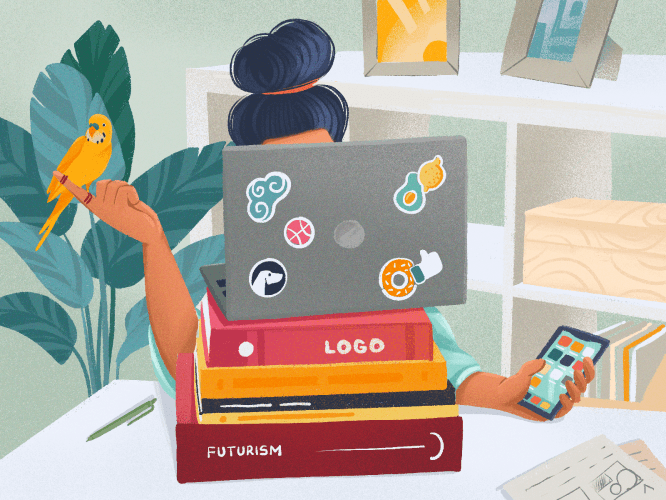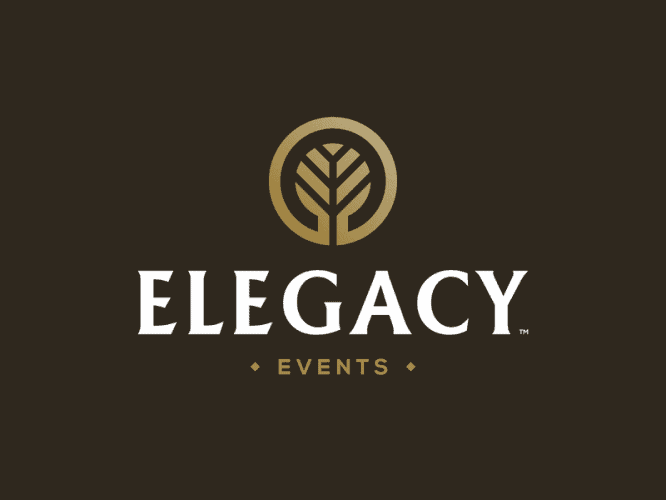How to design a case on Behance: 8 practical tips for beginners
How to design a case on Behance: 8 practical tips for beginners
Translation of the article “How To Build a Better Behance Case Study ?»About how to correctly arrange a case for Behance: from thinking through the structure to designing the cover.
After 3 years of being a part of the wonderful Behance media community, I feel the need to give some feedback and I want to share my experience to help other designers improve their knowledge of creating Behance cases.
The following tips are based on my personal experience and observations. As part of the community, I have published over 15 projects. Let’s move on to them.
1. A good project takes time
Don’t think you can complete a large project overnight. I went through this and screwed up. And more than once. I usually got lost in content because I wanted to try several ideas at once, but they never looked good together. I ended up with sleepless nights thinking about what should I do first and what the final version would look like. Instead, take small steps, and in the future, you will no longer be afraid of large ones.
If you want to do the job properly, you need more responsibly approach your project. Don’t do something in a hurry to get it done faster. You will miss a lot. I often compare building a project to developing it. Here’s what I mean:
- Start with research / idea
- Select the content you want to show / highlight
- Sketch some sketches, layouts on paper
- Create a wireframe (layout, draft sketch of the project)
- Work on the final design and play with its rendering
- Plan your post (also consider showing your work on social media)
- Maximize reach (e.g. additional blog post, article, etc.)
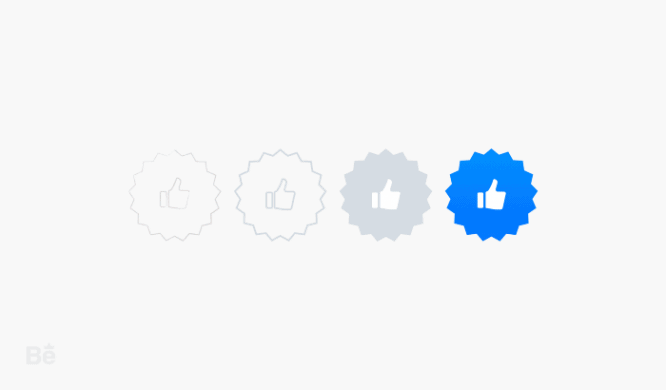
2. Combine multiple media formats
You don’t have to show only the final work, that is, the final screenshots from your application or secondary pages. You can put it all together and show how your project was created. Use initial sketches, video preview of the design itself, GIF animations, unused attempts, even internal documents, reports, research data, backstage (behind-the-scenes photos) and so on. Anything that can show your process to other designers.
I like to combine different media formats because it is breaks my project into blocks… I can be more inventive with the layout, guide the audience through the process, and focus on the most important parts that I think would inspire others.
“Everyone is very curious and wants to know how the hell you created this thing. Give them what they want. Inspire them for their next project. ”
one
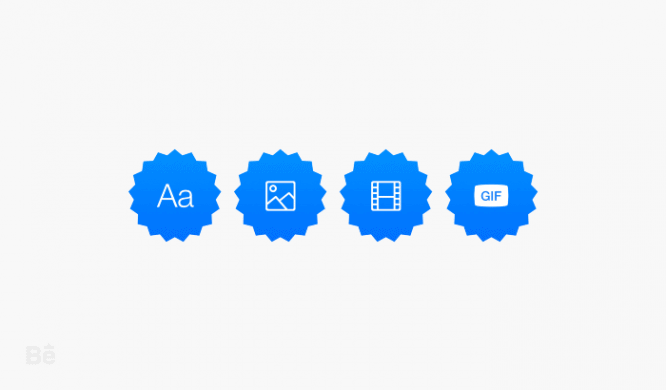
3. Highlight the most interesting parts
Don’t bother people with the usual screen views that are in every project (for example, login screen, settings, photo grid). In fact, there is nothing to show there. Instead, try to highlight something uniquewhich you spent most of your time solving a problem or designing a custom layout. Focus on what can please your visitors what they can about to tell others and share on social networks…
It’s always sad for me to see the same mockups in every second project. It’s always a sign that the designer didn’t put in enough effort to create something good. If you have the resources and equipment, simply create your own contentunique for this project. I can guarantee that it will have a really big impact overall and could be one of the most interesting parts of your Behance case study.
“Highlight something interesting that is not in 10 other Behance projects in your feed”
one
4. Don’t expect people to read
Behance challenge – show you as a designerrather than a writer of long paragraphs. I fully understand that you might feel the need to describe some of the decisions you made or explain some of the processes, but I don’t think Behance is the right place to do that. If you want to describe something, try doing it on Medium or on your personal / corporate blog, and then link it to your project with a link.
You can show the visual of your project on Behance and then describe how you did it on another platform. Take advantage of both sites.
My personal experience: I showed some of my work to other designers at meetings and events and watched them review my project. Headings and 2 lines of text are good, but everyone scrolled through them almost immediately once they reached a section with more than 3 lines. They just wanted to skip it and focus more on design work instead.
Little tip: if you want to take it to the next level, you can make short overview videos and talk about some of the details and attach them at the end of the project. This is something I personally really enjoy doing, and is useful for more experienced people who want to understand the details.
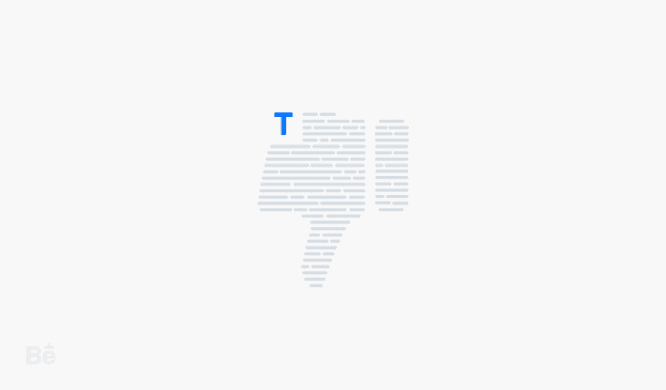
5. Try to be different
Almost all layouts have already been used and reused many times and people just repeat themselves. In fact, it took me a long time to realize that I can do differently, in a special way, to make my work stand out from others, had its own unique handwriting. This is one of the most difficult parts of every project I have, but it is not impossible.
I am currently experimenting with a different approach for this part:
When I work on a mobile app project, I try to get inspiration from everything other than mobile app projects. I want to avoid repeating yourself or someone else, and I am looking for other types of projects, works. It’s amazing to see top graphic designers present their designs.
Yes, I know this is a different type of content (content), but I focus on the form / layout and how it is presented. This has been working great so far and I can’t wait to show you the first results!
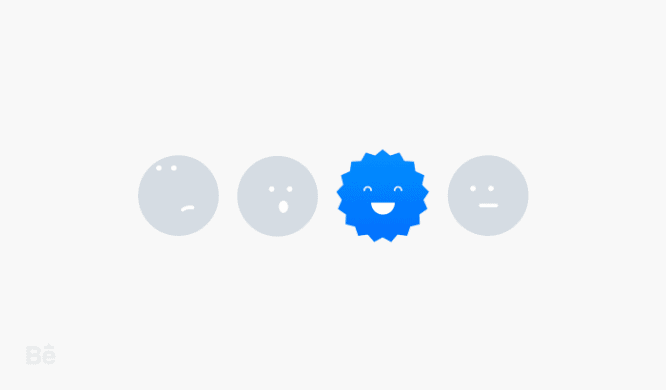
6. Create the world’s best cover
If you don’t have followers yet, it will be a little harder to get more community attention. Therefore, I recommend that you pay a lot of attention to the cover for your project. Something that people simply cannot miss while browsing the feed.
Take a look at your works page and your best projects page. What projects do you notice at first sight? Why? What is special about them? Your cover should also stand out!
A little tip: you don’t have to use only one cover at a time. You can experiment and see which cover gets the most attention. You you can change cover with timeto see when your traffic increases and more views appear.
On the other hand, it’s also great to place the rest of the covers on your profile page to keep your portfolio consistent (if you’re a perfectionist like me). Thus, you can combine both: use a super-catchy cover for the first week or two, and then change it to match the overall styling of the feed in your profile.
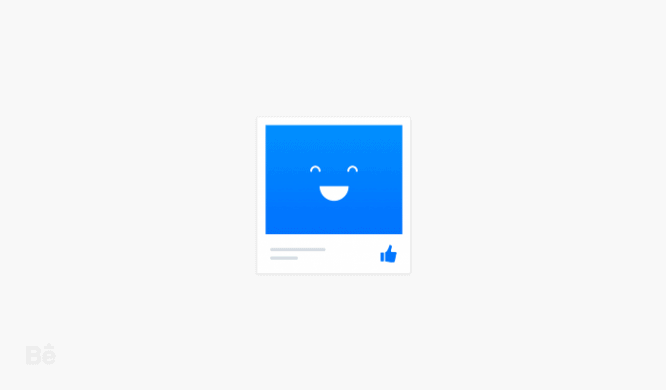
7. Get attention
My approach is simple: try to create something that people have never seen before, some interesting layout or design that has not yet been published on Behance or elsewhere. I believe that curators only highlight what might inspire others in their recommendation. Something special that can have value in the masses for a long time.
In fact, grabbing attention shouldn’t be your most important goal and shouldn’t come first. If you create something good and properly distribute it to your friends and followers, then there is already a good chance that you will notice and then somewhere mentioned…
I have never tried to approach curators and ask them to see my work. I don’t even know any of them. But I try to make the project in such a way that more people will see it, because you never know who will see it (and share it).
More views = more chances of being seen by the right people
“I don’t think participating in Behance or similar sites is a real ‘reward’, but it’s a good opportunity to get noticed in the community and it helps you spread your work to even more people.”
one
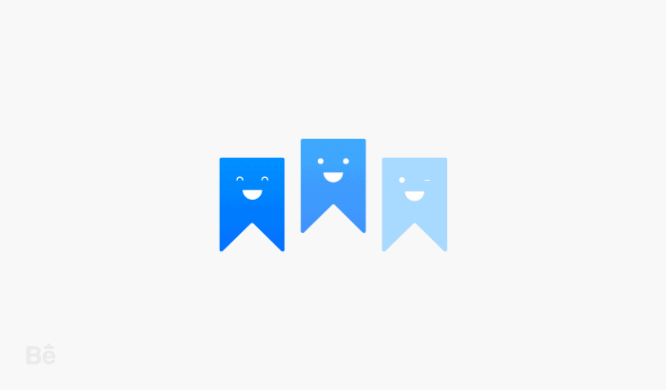
8. Break a large project into small posts.
The successful publication of a new project is also associated with correct progress… We already talked about building a project using “blocks” and combining different media formats together at the beginning of this article. When a project needs to be published, I usually break large project into small partsso that you can share them gradually. The main goal is to take advantage of each platform and increase your project views.
We can call the entire process something like “multi-platform promotion“And, in essence, tie everything together so that it spreads everywhere and supports itself. I am using the following main platforms:
- Dribbble – specific screens / subpages, design details, UI elements
- Instagram – covers, photos of the process.
- Medium / blog – project history, description of the development process.
- Vimeo / YouTube – final video, creation video, step by step video
- Pinterest – Dribbble, Instagram or part of a project from Behance
- UpLabs – repost everything from Dribbble
And then regularly share all of the above in Twitter, Facebook, LinkedIn or send to friends directly.
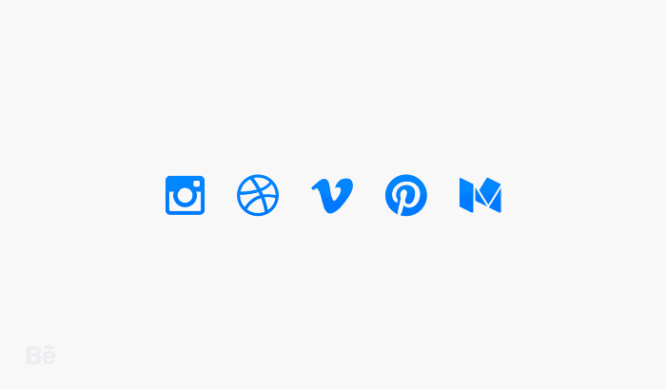
Source: Medium
…

